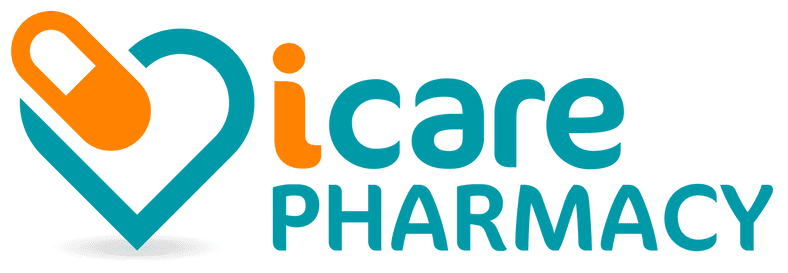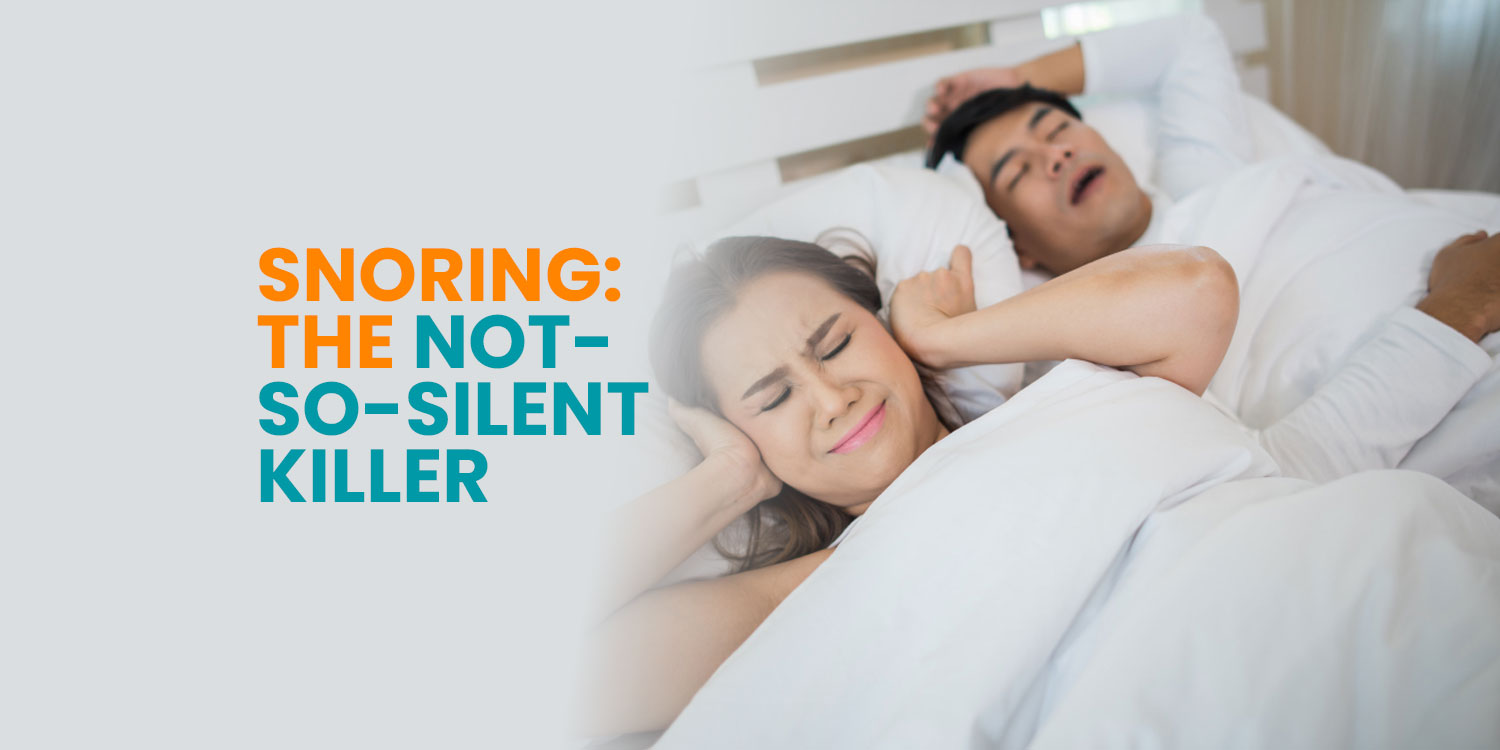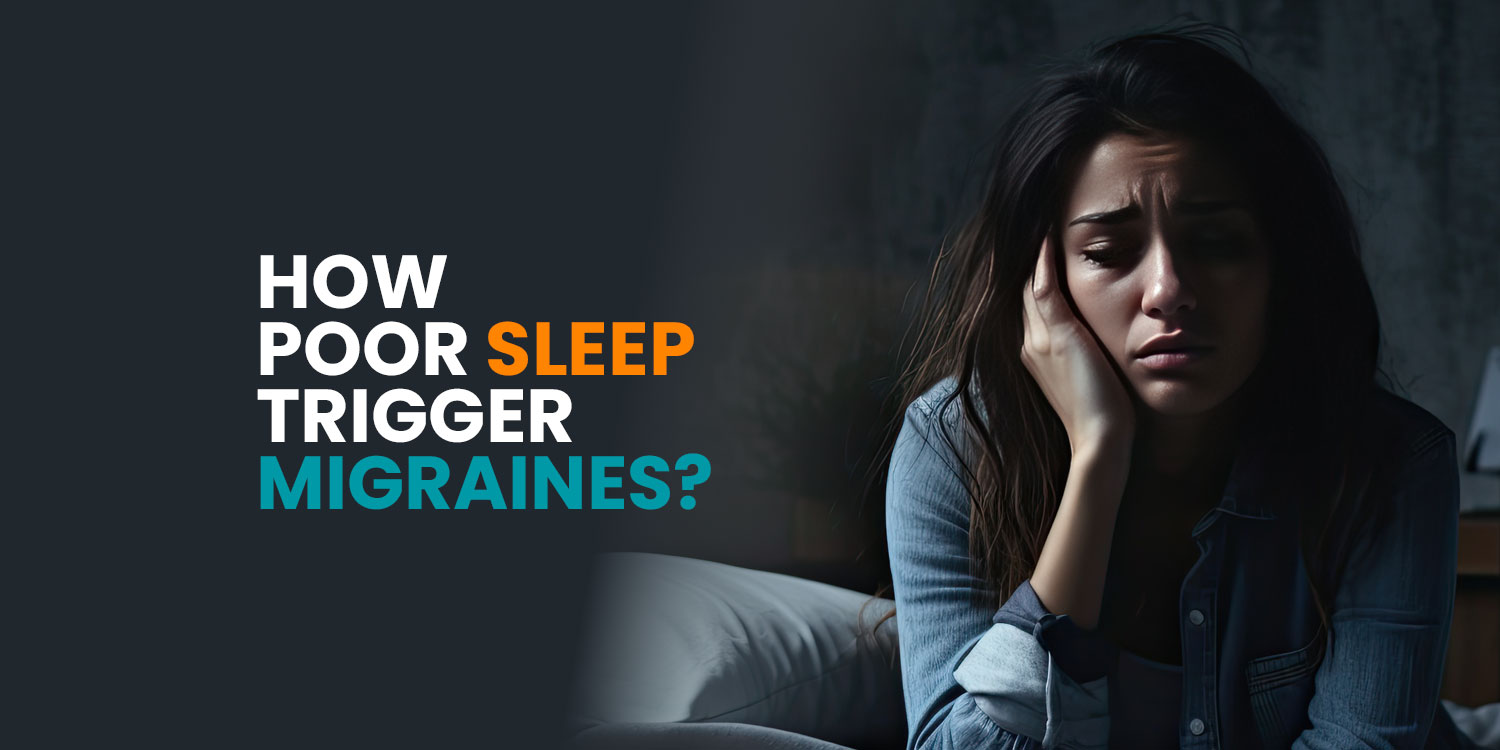I am sure there is a lot of COVID-19 fatigue as the topic stays plastered to our latest news for what seems like 24/7! But there is finally light at the end of the tunnel, and I hope that we can reach a position where we can look at COVID-19 in our rearview mirrors.
I have high hopes that in a year from now we will be returning to an era with shopping malls, movie theatres, and food courts! There are a lot of friends and family who I have not been able to see since COVID-19 struck, and I look forward to the day when we can hang out in person again.
New preliminary information about the COVID-19 vaccines have been released from trials over the last few weeks and the results look promising. There are a total of four potential vaccines that may become available in the near future. I am going to review the four different vaccines below to give you an idea of what to expect in regards to the COVID-19 vaccines once they are available.
#1. Sputnik V
Sputnik was registered to have the world’s first vaccine in the world by the Ministry of Health of Russia, with their results indicating an effectiveness rate of 92%; however, the number of participants in their trials were not as large when compared to the other vaccines. As a result, their data does not look as robust. In addition, it may be the case that the data was rushed out to establish bragging rights and to give the impression of leaders in the world of cutting-edge science: “Sputnik V – makers of the very first COVID-19 vaccine”… but at what cost? In their trials 16,000 volunteers participated, which seems like a small number when compared to Pfizer’s trials with 43,000 participants and Moderna’s trials with 30,000 participants. Given Sputnik’s small sample size, it may be a bit premature for them to extract a 92% efficacy rate with confidence.
#2. Pfizer
The Pfizer vaccine for COVID-19 has been shown to be 95% effective. Their sample size was more generous, with 43,000 participants, of which 170 developed confirmed cases of COVID-19. 162 participants were from the Placebo Group while only 8 were from the Treatment Group. The most common side effects were fatigue and headache; however, only 3.8% of participants experienced fatigue while only 2% headaches. The data here looks really promising.
It should be noted that it has now been recommended by the UK government that no one with serious allergies should take the Pfizer Vaccine. This would be if you have had a history of severe reactions to previous vaccines, medicine or food. They had recently started their vaccination process in Britain and noted that the patients who were healthcare professionals had developed serious allergic reactions to the Pfizer COVID-19 vaccination. If you do not have a history of severe allergic reactions then you do not need to be concerned however.
#3. Moderna
The Moderna vaccine has been shown in Phase 3 trials to be 94.5% effective in which they had approximately 30,000 participants. Moderna’s trials report a total of 100 COVID-19 cases – 95 cases from the Placebo Group and 5 cases from the Treatment Group. It is important to note that severe cases of COVID-19 only occurred in the Placebo arm of the trial.
#4. AstraZeneca-Oxford Vaccine
The Oxford vaccine is also promising, with an effectiveness rate of 70% – although it should be noted that a 90% effectiveness rate was observed in participants who received a half-dose, which was followed by a second full-dose one month later. Their 70% effectiveness rate is lower than its counterparts, the manufacturer is working at the formulation and believes that they can reach a 95% effectiveness rate. Overall they had 30 patients who developed COVID-19 in the treatment arm of the trial and 100 patients who were in the placebo arm. Oxford had a total of 20,000 participants, so I feel that they are still a bit early in their development as they try to figure out how to best optimize their formulation for their vaccine.
The Key Points from the Vaccination Trials
Based on the information presented by these Pharmaceutical companies, the potential vaccine looks to be 95% effective, and promising. By comparison, the Flu Vaccine is about 70% effective. If we can get a large number of people vaccinated then it can go a long way in helping us develop herd immunity. The more effective the vaccine, the greater the chance is that we can provide herd immunity for our communities as a whole. We would need about 60 to 70% of the world’s population to be vaccinated to have a shot at herd immunity.
Also it should be noted by the results in the Moderna Phase 3 trials that it may be possible that if you do contract Covid-19, then your symptoms will be less severe if you did have some sort of immunization compared to if you did not have any immunization.
Although getting the vaccination does not guarantee that you will not get COVID-19 the results in the Moderna Phase 3 trials imply that if you do contract Covid-19, then your symptoms will be less severe if you have been immunized. However more research will be needed in this area before we can draw that conclusion conclusively.
You May Need More Than One Shot In The Arm
Unlike the Flu vaccine, the Covid-19 vaccine requires two injections to complete the series. The injections must be 21 to 28 days apart, depending on which vaccine you receive. Demand for the COVID-19 vaccination will be high, and so it will require some planning to time your injections appropriately. After your first injection, you may not need the second injection at exactly 28 days later. It is better to be a little bit late rather than early if you cannot get it exactly on time. You want to give your body enough time to be able to memorize and form antibodies against the potential invaders.
When will the Vaccine be available?
We do not know yet exactly when it will be available but hope is that it will be available late this year or early next year. There does need to be more work done to show safety, how long it will be effective for and logistics of transportation and administration. This is a new class of vaccination that will require strict procedures and protocols when it comes to transport and storage.
Update: Health Canada has now authorized Pfizer in the fight against COVID-19. Now we will start the immunization process by the end of the week targeting those of us who are more in need.
How will they determine who will receive the vaccination first?
Those who are more vulnerable and higher risk will have access to the vaccine first. So patients who are over 65, or are diabetic or Asthmatic will have early access to the vaccination. At least this way we can ensure that those who need it the most do have access to it first maximizing the health of our communities.
Side Effects
The most common side effects in regards to the COVID-19 vaccines have been fatigue, chills, headache, muscle aches as well as joint pain and fever. For Pfizer in particular those who were over 56 years of age experienced milder side effects compared to those aged 18 to 55. The most common side effects that were experienced were fatigue and headaches. The mild symptoms from the vaccine will last a day or two.
These side effects are not something to be concerned about in the sense that they actually indicate that your body is taking well to the vaccine and when it is potentially exposed it will be activated properly to fight off any COVID-19 intruders.
Keep Calm And Carry On
For the most part we have done a great job but lately we have seen recent spikes in our numbers again so much so that we are seeing new highs in Alberta and Edmonton. Although the vaccine is coming we cannot get ahead of ourselves. We need to keep diligent in keeping socially distant. But although we cannot connect like we used to, it is important to embrace new ways to connect in the meantime until the vaccine does become widely distributed. We should reach out to each other whether it is over the phone or via video chat. We need to continue to help carry each other even with the finish line in site because we want to make sure that we all cross that finish line together.




